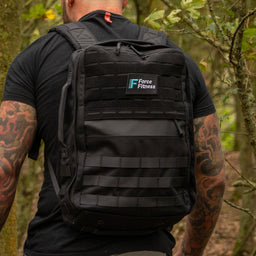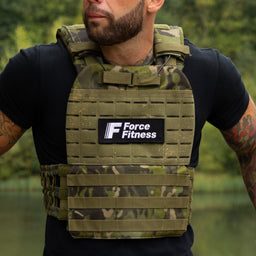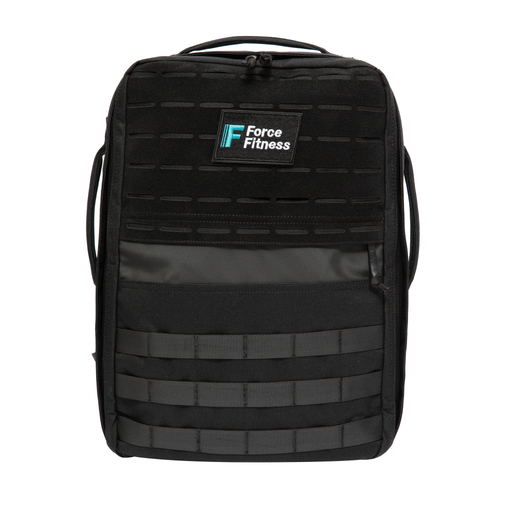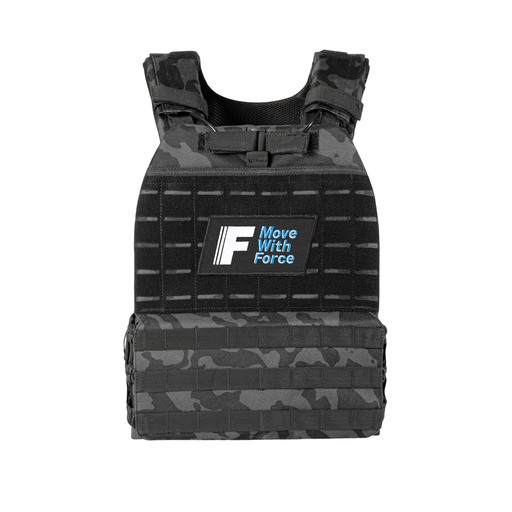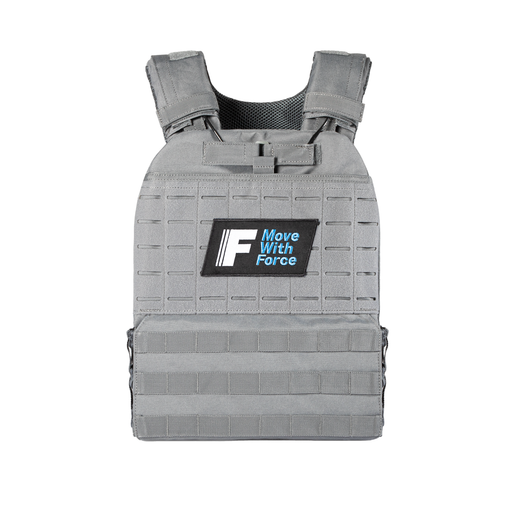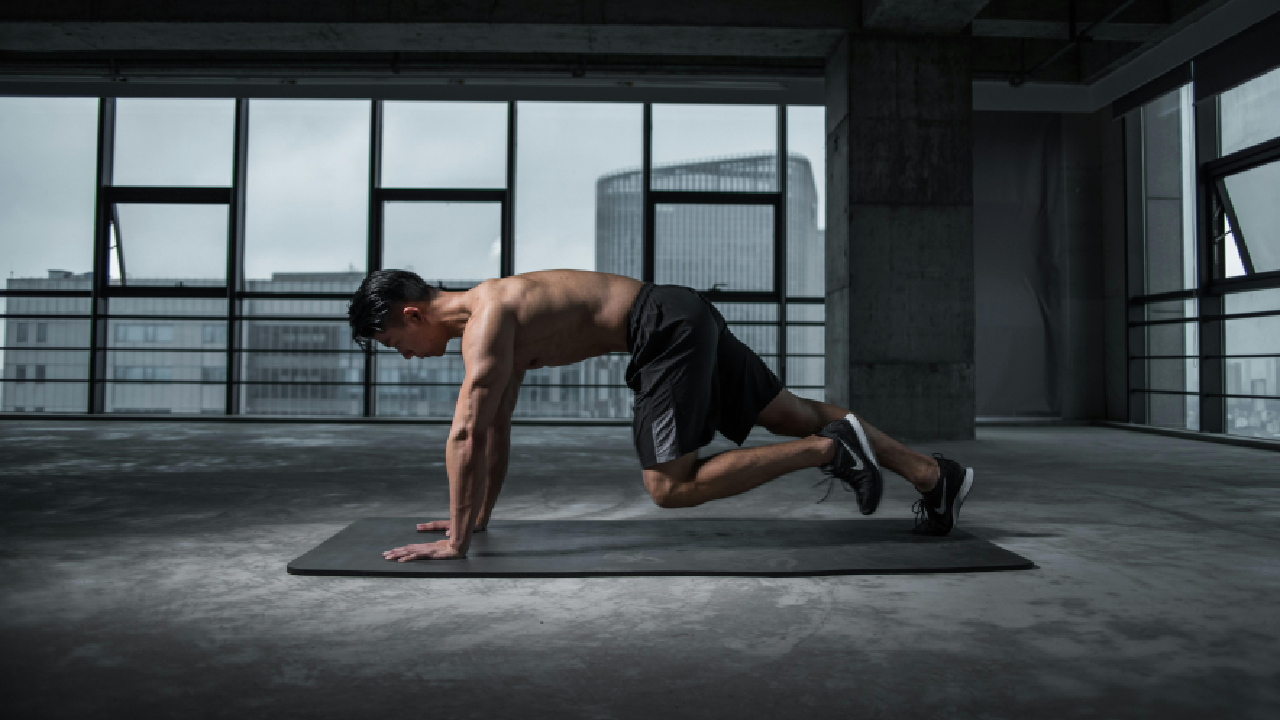
What is Hybrid Training? The Rise of Functional Strength for Everyone
In recent years, Hybrid training has gained massive popularity, drawing attention from fitness enthusiasts and professional athletes alike. But what exactly is Hybrid training, and why has it become such a game-changer in the world of fitness?
What is Hybrid Training?
Hybrid training is an approach that combines different types of exercise into one workout routine. The core idea is to mix strength training, cardiovascular conditioning, and functional movements. It’s not just about lifting heavy weights or running miles—it’s about building strength that translates into real-world, everyday activities. This combination helps athletes develop both power and endurance, creating a more well-rounded physical fitness profile.
Originally, Hybrid training was seen mostly in elite athletic programs, but over time it has found its way into the fitness routines of everyday gym-goers looking for a more dynamic, functional way to train.
The Evolution of Hybrid Training
Historically, fitness training was divided into distinct categories. Powerlifters focused on strength, while runners trained for endurance. Over time, the world of fitness began to realize that these types of training didn’t have to be mutually exclusive. Instead, athletes began fusing them together for a more holistic approach—hence, the rise of Hybrid training.
Today, Hybrid training is used to improve a wide variety of physical attributes, including strength, speed, stamina, agility, and power. Whether you’re looking to enhance athletic performance or just want to build functional strength for everyday activities, Hybrid training offers a comprehensive solution.
How the British Armed Forces Use Hybrid Training
The British Armed Forces have long understood the importance of functional strength. When soldiers are deployed, they don’t just need to be strong—they need to be adaptable, ready to face a variety of physical challenges. Hybrid training is a key component of how the British military prepares its personnel for the unpredictable demands of combat.
Incorporating strength-building exercises with cardiovascular conditioning, soldiers train for endurance while also developing the power needed for quick, explosive movements. For example, a soldier might perform high-intensity interval training (HIIT) alongside resistance exercises, improving both aerobic capacity and muscle strength. This dual focus ensures that they can perform under pressure, whether they're lifting heavy equipment, sprinting, or navigating difficult terrain.
The British Armed Forces also focus on building resilience—mentally and physically. Hybrid training promotes this by pushing recruits to their limits, helping them develop not just functional strength but also mental toughness.
Why Weighted Vests Are Essential for Hybrid Training
When it comes to maximizing the benefits of Hybrid training, adding a weighted vest to your routine can take your workouts to the next level. Weighted vests are an effective way to increase intensity without needing additional equipment. By adding extra weight to your body, you can enhance both your strength and endurance as you perform bodyweight exercises or cardio.
Here’s why weighted vests are particularly useful in Hybrid training:
-
Increased Load for Strength Gains
By wearing a weighted vest, you can add resistance to exercises like push-ups, squats, lunges, and pull-ups. This added resistance will challenge your muscles more, leading to greater strength and muscle-building results.
-
Improved Cardiovascular Endurance
Weighted vests elevate your heart rate during cardio exercises like running, cycling, or bodyweight circuits. This means you'll build stamina and improve your cardiovascular fitness in less time.
-
Functional Strength Development
The weighted vest mimics real-world situations where you carry loads or perform physical tasks under pressure. It enhances your overall functional strength, just like military personnel would experience in combat scenarios.
-
Versatility
Whether you're doing high-intensity interval training (HIIT), bodyweight exercises, or even hiking, a weighted vest is a versatile tool that adapts to different types of Hybrid training routines.
An Easy-to-Follow Hybrid Training Guide with Weighted Vests
Now that you understand the benefits of Hybrid training and weighted vests, here’s an updated version of the routine that incorporates the vest. Adding weight to the exercises will intensify the workout and help you see quicker results.
Warm-Up (5-10 Minutes)
● Jump Rope (3 minutes)
● Dynamic stretches (leg swings, arm circles)
● Light bodyweight exercises (air squats, lunges)
Workout (30-40 Minutes)
This Hybrid workout combines strength and cardio in a circuit format. With your weighted vest on, aim to perform 3 rounds, with 30 seconds of rest between exercises.
-
Kettlebell Swings (Strength + Cardio)
12-15 reps
Builds explosive strength in the hips and core. Add a weighted vest to increase intensity.
-
Burpees (Cardio + Full-Body Strength)
10-12 reps
Elevates the heart rate and builds stamina. The vest makes each burpee more challenging.
-
Deadlifts (Strength)
8-10 reps
Focuses on posterior chain strength—hamstrings, glutes, and back. Wearing a vest during this move adds a different layer of resistance.
-
Mountain Climbers (Cardio)
20-30 seconds
Keeps the heart rate high while improving coordination. The added weight makes this move even more effective.
-
Push-Ups (Strength)
12-15 reps
Targets chest, shoulders, and triceps. Adding a weighted vest increases difficulty and boosts upper body strength.
-
Box Jumps (Strength + Explosiveness)
10 reps
Enhances leg power and agility. The weighted vest challenges your lower body even more.
-
Plank (Core Strength)
Hold for 30-45 seconds
Strengthens the entire core for better posture and stability. The vest will increase core activation.
Cool Down (5-10 Minutes)
● Slow jogging or walking (3 minutes)
● Static stretches (focus on hamstrings, quads, shoulders)
Hybrid Training vs. Hyrox & CrossFit
While Hybrid training shares some similarities with other popular training styles like Hyrox and CrossFit, it is distinct in its approach and philosophy. Here’s how Hybrid training compares:
Hyrox:
Hyrox is a competition-style fitness event that combines running with functional exercises in a race format. It's a great way to test endurance and strength, as it challenges athletes to run 1km, followed by an exercise (such as rowing, skiing, or burpees), and then repeat this sequence. Hyrox is highly focused on endurance and time-based performance.
Hybrid Training:
While Hyrox is centered around performance in a competition setting, Hybrid training is more flexible and can be tailored to any fitness level. It focuses on blending strength training with cardio to improve overall functional fitness, without the pressure of competition. Hybrid training doesn’t necessarily follow a set format—it's more about finding the right balance between strength, endurance, and functional movements. This makes it easier to incorporate into day-to-day training routines.
CrossFit:
CrossFit is a high-intensity workout that combines strength training, Olympic lifting, and cardio. It is structured around functional movements, often performed in a class setting with a competitive, community-driven atmosphere. CrossFit workouts, like Hybrid training, involve varied exercises, but the focus tends to be on pushing intensity for maximal effort in a specific workout of the day (WOD).
Hybrid Training:
While CrossFit is built on a community-based and competitive format, Hybrid training is often more individualistic and flexible. CrossFit emphasizes high-intensity training with a focus on achieving personal bests in specific exercises, whereas Hybrid training is more about creating balance across multiple fitness domains (strength, cardio, and flexibility). Additionally, Hybrid training is often less reliant on Olympic lifting and can incorporate a wider range of exercise types—such as mobility work, resistance training, and traditional cardio—making it a more accessible approach for a broader audience.
Hybrid training is not just a trend; it’s a proven method for building functional strength and conditioning. By combining elements of strength training and cardio, it ensures that you are training your body to be strong, fast, and agile—just like the athletes and soldiers who use it to prepare for the physical challenges of their respective fields.
And when you add a weighted vest to your routine, you're enhancing your ability to perform at a higher level, improving both strength and endurance. Whether you're looking to improve your fitness for everyday life, or if you want to push yourself to the next level, Hybrid training with a weighted vest is a fantastic way to see results fast.
